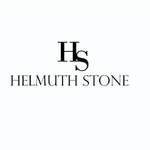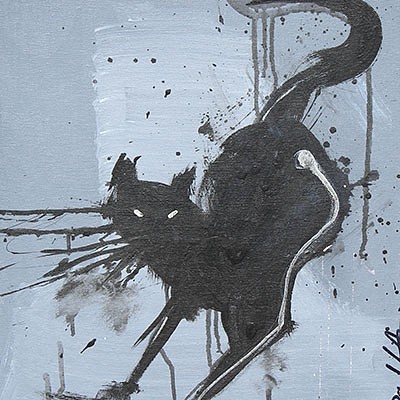Shannon Stirnweis (B. 1931) "Fort William"
Lot 360
Estimate:
$300 - $600
Absentee vs Live bid
Two ways to bid:
- Leave a max absentee bid and the platform will bid on your behalf up to your maximum bid during the live auction.
- Bid live during the auction and your bids will be submitted real-time to the auctioneer.
Bid Increments
| Price | Bid Increment |
|---|---|
| $0 | $10 |
| $100 | $25 |
| $250 | $50 |
| $1,000 | $100 |
| $2,500 | $250 |
| $7,500 | $500 |
| $20,000 | $1,000 |
| $50,000 | $2,500 |
| $100,000 | $5,000 |
| $250,000 | $10,000 |
About Auction
By Helmuth Stone Gallery
Jul 5, 2020
Set Reminder
2020-07-05 13:00:00
2020-07-05 13:00:00
America/New_York
Bidsquare
Bidsquare : July 5th Fine Art, Antique and Jewelry Auction
https://www.bidsquare.com/auctions/helmuth-stone-gallery/july-5th-fine-art-antique-and-jewelry-auction-5267
The July 5th Auction will feature Part II of the David Chang Snuff Bottle Collection, Important Chinese Porcelains from a private San Francisco California collection as well as original illustrations from the James A. Helzer Collection. Helmuth Stone Gallery helmuthstone@gmail.com
The July 5th Auction will feature Part II of the David Chang Snuff Bottle Collection, Important Chinese Porcelains from a private San Francisco California collection as well as original illustrations from the James A. Helzer Collection. Helmuth Stone Gallery helmuthstone@gmail.com
- Lot Description
Shannon Stirnweis (Arizona, New York, New Hampshire Oregon, B. 1931) "Fort William" First Day Cover painting. Signed lower right. Original Oil on Illustration Board painting.
Provenance: Collection of James A. Helzer (1946-2008), Founder of Unicover Corporation.
This painting was originally published on the Fleetwood First Day Cover for the Canada 32c Fort William stamp issue June 30, 1983.
As early trappers and traders began to realize the natural bounty the New World had to offer them, they built fur trading posts and trading centers on the frontier. Many of these were located along the seacoast, rivers and lakes so that the trappers and traders could use the waterways to transport their wares. One such trading center was Fort William, located at Thunder Bay, an inlet on Lake Superior. The first white settlement at the site of Fort William was probably Dulhut's fur-trading post built in 1678. However, a more substantial French fort, Kaministikwia, was erected in 1717 and later abandoned after the Seven Years' War. After the war, Montreal traders used the Grand Portage-Pigeon River route south of Fort William to transport their wares. However, when the American border was set along the Pigeon River, the British traders rediscovered the French route to the west. Between 1801 and 1805, the English built a fort on Thunder Bay, naming it Fort William after William McGillivray, principal director of the North West Company. Fort William soon became the inland headquarters of the North West Company and served as a major trading depot for trading expeditions into the West. From 1802 until 1821, when the North West Company merged with the Hudson Bay Company, and the Nor'Westers, as the traders were called, met annually at Fort William. After 1821, the main trade route for the merged company was switched to Hudson Bay and Fort William became an obscure post.
Image Size: 19.5 x 17 in.
Overall Size: 23 x 19.75 in.
Unframed.
(B08178) - Shipping Info
-
Helmuth Stone Gallery recommends obtaining shipping quotes prior to bidding on any items in our auctions. (For international shipments buyer is responsible for all duties, customs, and taxes, which are NOT included in the shipping price. In adherence with federal shipping regulations, Helmuth Stone Gallery will not alter any invoices for shipping). If you are interested in obtaining an additional list of local shippers, please email us and we will send one over. • PakMail o 941-751-2070 o Paktara266@gmail.com
-
- Buyer's Premium



 EUR
EUR CAD
CAD AUD
AUD GBP
GBP MXN
MXN HKD
HKD CNY
CNY MYR
MYR SEK
SEK SGD
SGD CHF
CHF THB
THB
















